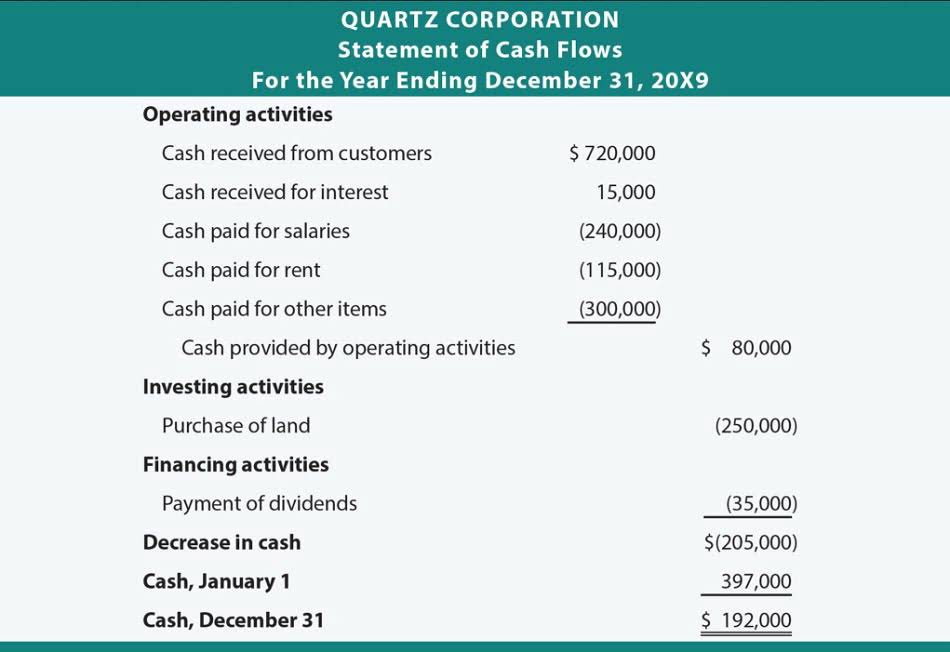
FreshBooks also integrates with different payment gateways, so you can find what works best for you. Slow or inconsistent payment collection is one of the biggest reasons for poor cash flow within construction companies. By generating and sending invoices quickly, you can streamline the end-to-end billing process and reduce the time between project completion and receiving payment. In the heavy construction sector, where tasks are complex and range from earthmoving for new roads to laying down infrastructure for utilities, construction invoices must be specific, clear, and accurate.
Centralized Construction Billing Organization
This model is particularly suitable for complex projects with Accounting for Churches variable scopes, where predicting exact costs is challenging. It also allows for flexible adjustments during the project, such as when material and labor costs increase unexpectedly. Some contracts may include a “Guaranteed Maximum Price” clause to cap spending, which helps control the budget from the client’s perspective. Cost-plus billing, or cost-reimbursable billing, is a payment structure where a contractor bills a client for all actual project costs plus an additional fee to cover overhead and profit.
Common Challenges in Construction Billing
If a contractor cannot provide adequate documentation to justify costs, it can cause serious problems. Another drawback can result from reduced cash flow, as cost-plus contracts require the contractor to front most project costs. Having a historical data set means you can adequately plan for and budget each how is sales tax calculated job. In addition, fixed-price contracts give contractors more control over their profitability than other methods. If a contractor’s job costs consistently and uses historical data to create accurate estimates, the more room they can leave themselves for job-level profit.

Best Practices for Construction Billing

Under retainage billing, the client and contractor agree upon a fixed percentage of the total contract amount to be withheld during the project. As the contractor completes various stages or milestones, they invoice the client for the value of the work minus the agreed-upon retainage amount. This billing approach is best suited for more extensive, long-term projects where the scope involves multiple stages and complex deliverables. It’s particularly useful when precise, regular financial oversight is necessary and the project demands a structured approach to revenue recognition. AIA-style billing is ideal when maintaining regular cash flow as crucial as accurately reporting project progress. Cost-plus billing is best used for large-scale or complex projects where the final scope isn’t clearly defined initially.
- While it encourages transparency and covers all costs, it may incentivise higher spending since the contractor’s profit increases with the project’s total cost.
- This method is useful for projects with uncertain scopes or where the duration of time and materials contract cannot be accurately predicted upfront.
- So mark the due dates for every pay app and make sure all your supporting documentation is in order.
- You can create customized invoices with Moon Invoice that reflect your business’s brand and style.
- Construction billing always refers back to the contract terms that dictate how contractors will charge for their work.
- If you’re a smaller contractor, freelancer, or running a consulting firm, FreshBooks might be the one.

Once the estimate is finalized and agreed upon by both parties, the lump sum price becomes the fixed cost for the entire project. This method allows costs to be broken down into smaller, more manageable segments, allowing contractors to charge for exactly what is used or done. Fixed price (sometimes referred to as lump sum billing) helps facilitate the bidding process since the total contract price is visible from the beginning.
- A brief but detailed description of the project provides context for the construction invoice.
- In an industry where late payments are not uncommon, adding a discount for payments received in full prior to the due date is a smart choice.
- Similar to progress-based billing, this is another way of spreading costs and payments over a project.
- It’s particularly effective for projects where the scope isn’t clearly defined from the outset or is expected to evolve.
- The success of any business depends on using the appropriate construction billing method.
- Rarely do you, as the sub, have any say over how the contract is structured or when you’ll get paid for your services.
If so, look into a paperless option for managing construction invoices to help speed things along. The progress billing method is ideal for major construction projects that are lengthy and typically have big budgets. It defines the methods by which contractors will be paid for their work and at what project stage. Contractors should understand all of the stakeholders involved on a construction project. While owners and contractors may agree on billing practices, lenders, investors, or third-party managers may have construction billing methods their own stipulations that contractors will need to meet in order to get paid.

While the type of contract doesn’t necessarily dictate the invoicing or payment schedule, it does affect the amount and type of information required in the invoice or payment application. Typically, issuers make payments on a monthly schedule, but they may also send them at certain completion percentages (e.g., when the job is 30%, 60%, and 100% complete). Powerplay offers end-to-end project management modules for owners to see the progress. Beyond sending invoices on-time, it is essential to make sure they are also clear and accurate to avoid disputes.
